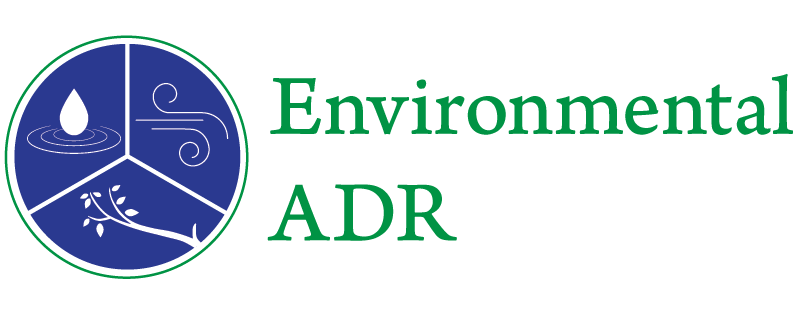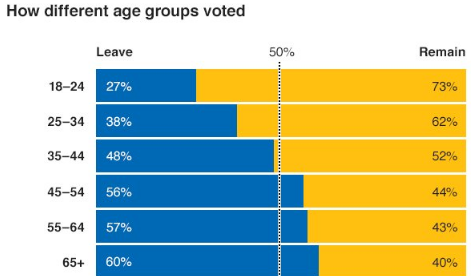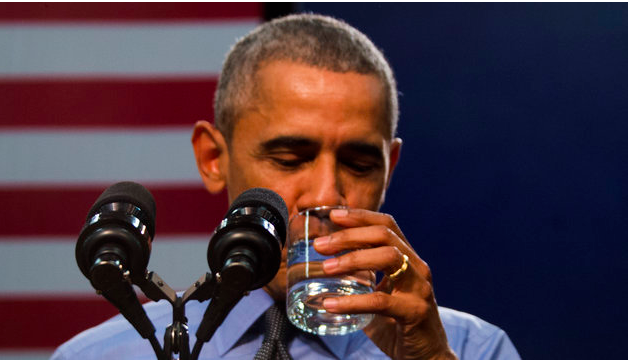
A recent exposé broadcast on New Jersey public television revealed there may be as many 100,000 unaddressed and leaking underground storage tanks in New Jersey. Many of the tanks contain hazardous materials including petroleum products such as heating oil and gasoline, PCE-used by dry cleaners over many years to clean our clothes-and volatile organic compounds (VOCs), such as “degreasers,” used in many manufacturing businesses. If not contained, these chemicals, which are potentially hazardous to human health and the environment, can threaten the groundwater we drink and use to irrigate our crops.
Many of these tanks have remained in place for decades-either forgotten, because historical users have moved on, or ignored because our current legal and administrative system lacks the resources to investigate and require necessary remedial action at all sites. Cases involving multiple parties and adjoining properties are at the mercy of the judicial and administrative procedural inefficiencies identified above and the “business-as-usual” attitude of the legal professionals handling them. So resolution-and cleanup-are delayed while the contamination at issue continues to migrate or volatize, thereby risking harm to people and the environment.
Mediation provides a way to cut through this backlog. Environmental mediation as an alternative or adjunct to traditional federal or state court litigation has proven to be enormously successful. Unlike immutable judicial rules, mediation procedures and outcomes are not limited to any one statutory scheme-or to any pre-determined set of remedies. Mediation has fewer technical and tactical delays than traditional litigation because its progress is driven entirely by the parties themselves. The federal Environmental Protection Agency, Department of Justice, and their counterpart state environmental agencies, attorneys general and environmental project managers, can join in the mediated discussions even if they are not formally parties to the case. In my experience, the sooner the agencies are involved, the sooner the courts require mediation of cases that will benefit from its use, the faster the case can be resolved to the satisfaction of the parties and the agencies. Streamlining the dispute resolution process can provide a correspondingly huge savings of time and money. And the money that is spent “in process” is focused on resolution and cleanup.
New Jersey is no different than any other state in the United States in terms of the historical use and abandonment of underground storage tanks. The tanks themselves are no different than those installed in other parts of the country. None of them was designed to, or was expected to, last forever. But in other geographical areas, mediation is used more frequently in addressing and resolving legal disputes over the responsibility for, and cleanup of, environmental contamination that might have emanated from one or more leaking tanks.
The time has come for a new approach. But change is slow in the law and its procedures. Lawyers are creatures of habit. We are steeped in it. It starts with the training we receive in law school, where we are taught a series of rules and procedures to be followed in all legal proceedings. In litigation, the rules cover everything from cradle to grave, starting from the initiation of a lawsuit through trial and final appeal. The rules are intended to guarantee that each case will receive identically fair consideration and due process protections, irrespective of who the parties are or the nature of the dispute. Everyone is entitled to equal treatment, and the process is the same for everyone. Every case is handled the same way.
The rules were designed to prevent undue bias or benefit to any party by treating each case identically from a procedural point of view. While the principle of uniformity-treating all cases alike-appeals to our basic sense of fairness, it can be out of sync with the needs of contemporary society. Uniform rules and procedures are inherently resistant to change. The law, in its attempt to provide a uniform regime prides itself on adhering to long-established conventions. For categories of disputes that have not changed much over the years (such as breach of contract cases, general torts, personal injuries, etc.), mandated consistency in procedure is of lesser concern, since these cases do not cry out for change in the way they are evaluated and resolved.
But, as we see in many other areas of society today, such as science, technology, tele-communication and medicine, innovation and change are continuous and occur with increasing speed. When disputes arise, they inevitably entail complexities that can overwhelm our convention-bound legal system. This can impose a high social cost to the extent complex disputes remain unresolved and problems fester.
The environmental arena presents a perfect example of this mismatch between law and modern society. In spite of rapidly evolving scientific, technological and remedial advances in the field, and the everincreasing risks of environmental contamination and issues such as global warming and expected rise in sea levels, “standard procedures” in environmental litigation-and ways to resolve them-have remained relatively static and continue to mimic other less progressive forms of legal practice. As a result, most environmental cases move through the judicial system like molasses, while the environmental harm at issue tends to migrate and grow.
The “one way fits all” environmental case resolution should be reconsidered. A good mediator can assess the conflict, help the parties agree on the testing required, agree on the most effective and least costly remedy and equitably allocate the costs of cleanup.
The old days of environmental dispute resolution, which adheres to the conventions of traditional tort litigation-where every party retains its own army of lawyers, experts, consultants, lobbyists, etc.-should be reconsidered. Judges and environmental enforcement agencies can help resolve this ever-growing backlog of sites needing attention by actively advocating, if not requiring, the greater use of mediation. The hardest part often is getting parties to the table, to try something that is not habitual to them, something that at first may cause apprehension. Judges and regulatory agencies can help ameliorate these anxieties, by ushering parties into mediation and remaining available to them should an unanticipated concern arise. And those paying the cost of these two courses (the courtroom vs. mediation) take note: The cost of mediation ordinarily is less than the cost of a deposition or two.
The time has come to try something that may be new to many practitioners. Clients will benefit from it, it relieves judicial gridlock, it assists in administrative oversight, and it increases the overall efficiency and efficacy of the investigation and cleanup of the contamination. And, most of all, it is good for the environment.
Levy is a panelist with JAMS and one of the most experienced environmental mediators in the country today. Based in New York, he has resolved thousands of cases in most every area of environmental, toxic tort and environmental insurance legal practice over the past 20 years.
The environmental arena presents a perfect example of this mismatch between law and modern society. In spite of rapidly evolving scientific, technological and remedial advances in the field, and the everincreasing risks of environmental contamination and issues such as global warming and expected rise in sea levels, “standard procedures” in environmental litigation-and ways to resolve them-have remained relatively static and continue to mimic other less progressive forms of legal practice. As a result, most environmental cases move through the judicial system like molasses, while the environmental harm at issue tends to migrate and grow.
The “one way fits all” environmental case resolution should be reconsidered. A good mediator can assess the conflict, help the parties agree on the testing required, agree on the most effective and least costly remedy and equitably allocate the costs of cleanup.
The old days of environmental dispute resolution, which adheres to the conventions of traditional tort litigation-where every party retains its own army of lawyers, experts, consultants, lobbyists, etc.-should be reconsidered. Judges and environmental enforcement agencies can help resolve this ever-growing backlog of sites needing attention by actively advocating, if not requiring, the greater use of mediation. The hardest part often is getting parties to the table, to try something that is not habitual to them, something that at first may cause apprehension. Judges and regulatory agencies can help ameliorate these anxieties, by ushering parties into mediation and remaining available to them should an unanticipated concern arise. And those paying the cost of these two courses (the courtroom vs. mediation) take note: The cost of mediation ordinarily is less than the cost of a deposition or two.
The time has come to try something that may be new to many practitioners. Clients will benefit from it, it relieves judicial gridlock, it assists in administrative oversight, and it increases the overall efficiency and efficacy of the investigation and cleanup of the contamination. And, most of all, it is good for the environment.
Levy is a panelist with JAMS and one of the most experienced environmental mediators in the country today. Based in New York, he has resolved thousands of cases in most every area of environmental, toxic tort and environmental insurance legal practice over the past 20 years.
This article originally appeared in the New Jersey Law Journal on March 7, 2016.






Leave a Reply